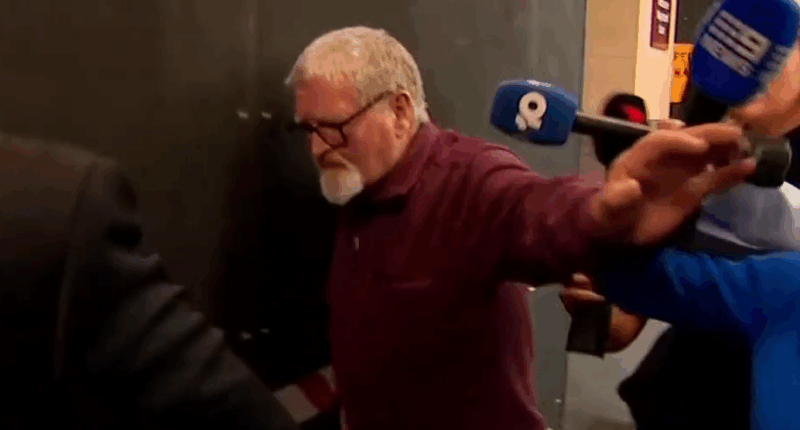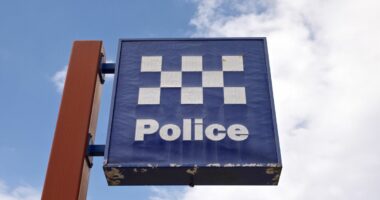Share this @internewscast.com
Strands of hair on a towel, bodily fluids on a nightgown and underwear, along with cigarette butts and a Jack Daniels can, form the crux of the evidence.
Some of these items were gathered in the 1980s, while others were collected more recently by investigators to build a case for a decades-old rape, as revealed in court.
Michael Francis Martin, now 70, appeared in Melbourne Magistrates Court on Friday as a committal hearing commenced. This phase will determine if the evidence is sufficient for him to face trial.

In January, Martin was charged with a series of sexual assaults against Jessie Grace Lauder, a grandmother attacked in her Newport home in Melbourne’s western suburbs during the early 1980s.
Authorities claim Martin, then 26, lived nearby and assaulted Lauder, attempting to rape her in 1981 and succeeding in 1983.
Lauder, who was in her eighties during the attacks, passed away in 1993.
His barrister John Desmond told the court he plans to argue that the charges against his client should be discharged due to the strength of DNA evidence.
“It’s not straightforward and I anticipate making submissions as to whether my client should be discharged,” he said on Friday.

Mr Desmond spent the day questioning pieces of evidence gathered by police in the four decades leading up to laying charges against Martin.
Police found hair on a towel, and semen on a nightgown and underpants at the scene, after the alleged attacked, he told the court.
However, forensic testing did not exist at that time so the evidence was stored by police in anticipation of new technology.
Mr Desmond raised issues with evidence police had covertly collected in recent years to link Martin’s DNA to evidence from the crime scene.
This included discarded cigarette butts, allegedly linked to Martin and his brother, and a Jack Daniels can.
Mr Desmond alleged an internal Victoria Police email found testing of some items showed it did not match DNA taken from the underpants.
“You see the problem now?” Mr Desmond asked police forensic specialist Katherine Bradley.
Earlier, the court was shown an undated video of a police building covered with boxes and bags strewn on the floor and stacked high on shelves up a wall.
“It looks like it’s a schemozzle,” Mr Desmond said.
Forensic officer Paul Dacey, who worked on the case in 1983, suggested the video may have been taken while the unit was shifting between premises on Spring Street in the city and Macleod in Melbourne’s northeast.
Martin remains on bail and the committal will return in February next year.














